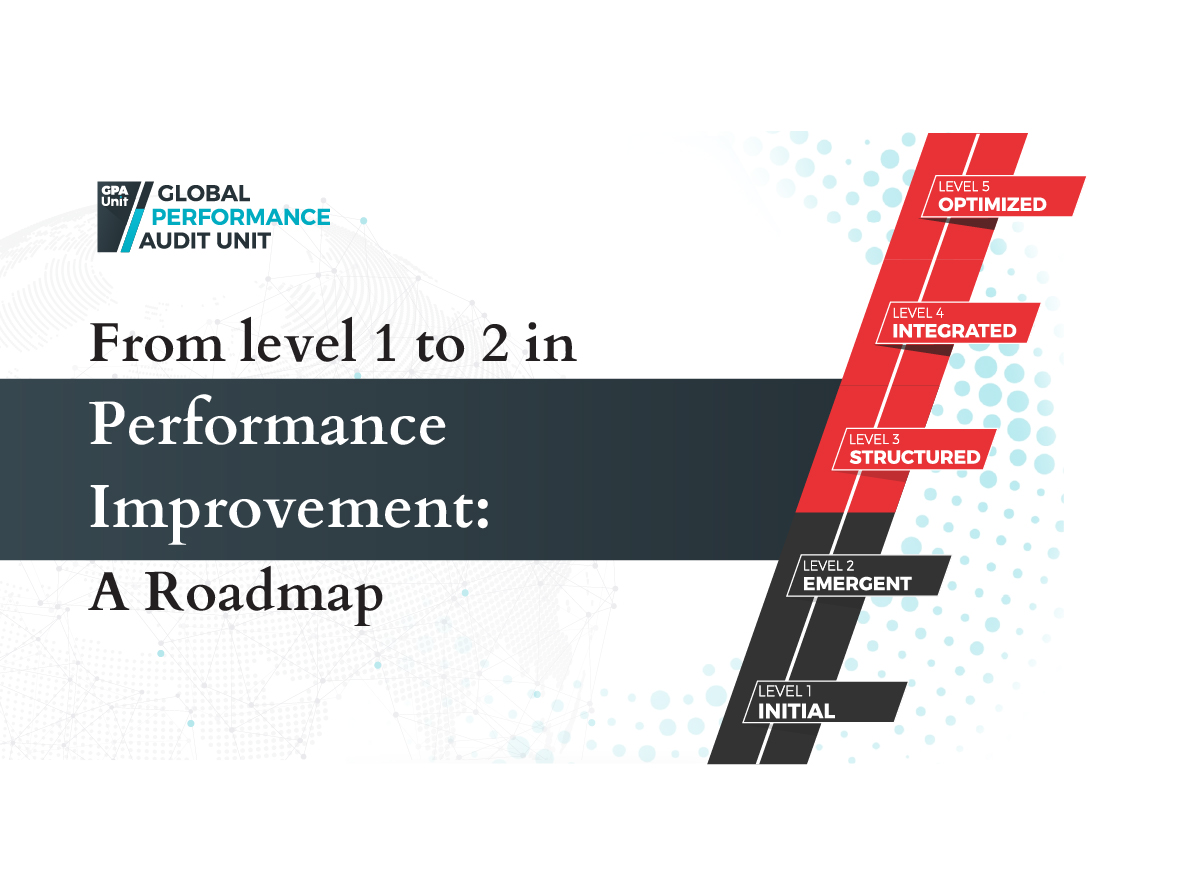Maturity Assessment Guidelines; Avoid Common Pitfalls for Accurate Results

Today’s business environment behaves much like a living being – always changing to adapt and evolve. This is why performance management system maturity assessments serve as a vital exercise to understand where your organization's processes, procedures, and capabilities are right now and what needs improvement.
Like any critical evaluation process, the effectiveness of a maturity assessment hinges on avoiding key pitfalls that mess with its accuracy. We have seen first-hand how certain challenges can derail even the most well-intentioned assessments so here are some of the most common pitfalls to avoid:
1. Drowning the Assessor in Multiple Documents
When preparing for a maturity assessment, the instinct to provide high volume documentation is always present but, overwhelming assessors with a deluge of internal documents, is counterproductive. Maintaining a balance between providing sufficient evidence - without compromising clarity - should always take priority.
Why This Matters: Auditors are tasked with evaluating an organization's maturity level based on specific criteria. If they are overwhelmed with excessive or irrelevant documentation, identifying pertinent information is at risk. Instead of offering every piece of documentation available, focus on providing a selection that directly supports the criteria being assessed. This approach not only streamlines the assessment process but also ensures that the most critical evidence is easily accessible and thoroughly evaluated.
How to Avoid This Pitfall:
• Pre-Assessment Preparation: Work internally to identify and organize key documents before the assessment begins. To make things even easier we’ve created, and will share with you beforehand, a customized checklist with documents to be provided, based on the number of capabilities in scope of the service. This will not only streamline the entire assessment process but will also ensure that critical data is accessible and visible at all times.
• Regular Communication: The assessor will clarify which documents are necessary, the samples required and how they should be presented.
2. Lack of Sufficient Responses from Stakeholders During the Perception-Based Assessment Stage
The perception-based assessment stage is extremely important, this is when understanding how various stakeholders perceive the maturity level of the organization happens. Evaluating perceptions helps uncover systemic issues that may not be immediately visible, such as communication gaps, misaligned objectives, or procedural inefficiencies. So a low response rate to surveys will lead to an incomplete picture.
Why This Matters: Internal stakeholders interact with the performance management system daily. Their insights provide a comprehensive view of how the system is functioning in practice. If they do not participate fully, the assessment may lack the depth needed to accurately reflect the organization’s current state. A high response rate means feedback from a diverse group of stakeholders, including different departments, levels of seniority, and roles within the organization. This diversity leads to a more comprehensive understanding of the system's maturity, as it gathers insights from all corners of the organization, ensuring that the evaluation is representative and not skewed by the views of a few.
How to Avoid This Pitfall:
• Early Engagement: Have key stakeholders engaged early in the assessment process. Clear communication on the importance of their participation and how their insights will impact the assessment's outcomes is to be considered a priority.
• Simplified Response Mechanisms: Encourage stakeholders to provide feedback by offering easy and accessible response options via survey.
• Continuous Reminders: Regularly remind stakeholders of deadlines and the significance of their input. Remember to personalize these reminders, nobody likes empty words or time-wasting clichés.
3. Not Following the Agreed Project Plan
Deviating from the agreed project plan is, by far, one of the most detrimental issues in a maturity assessment. While flexibility is sometimes necessary, straying too far from the plan will translate in confusion, frustration and, overlapping with other assessments.
Why This Matters: The project plan gives you the bird’s eye view of the assessment. It outlines the scope, timelines, responsibilities, and deliverables. Without adhering to the timeline and steps outlined in the project plan, the assessment process may face delays. These delays can extend the project’s duration, leading to increased costs due to additional resource allocation and time spent on corrective actions.
How to Avoid This Pitfall:
• Regular Check-ins: Regular check-ins with the assessment team are a good tool to ensure that the project is on track and that any necessary adjustments are discussed and documented.
• Change Control Process: Establish an agreed-upon process for managing changes, this should include evaluating the impact of any changes on the overall assessment and obtaining approval from all relevant parties.
• Clear Communication: Keep in touch with all stakeholders involved in the assessment process to ensure alignment with the project plan. Consistency is key.
Like all the mistakes that we experience throughout our professional (and personal) life, these too are very good teachers. Knowing how NOT TO DO something is just as important as knowing what to do from the very beginning… maybe more so in today’s business landscape.
We value and rely on hands-on experience so, if you want to figure out where your organization stands in terms of maturity, we can guide you through the entire process and help you identify the actionable steps for improvement.
| DATE | August 28th, 2024 |
| Category | Blog Posts |
| Reading Time | 6 |




